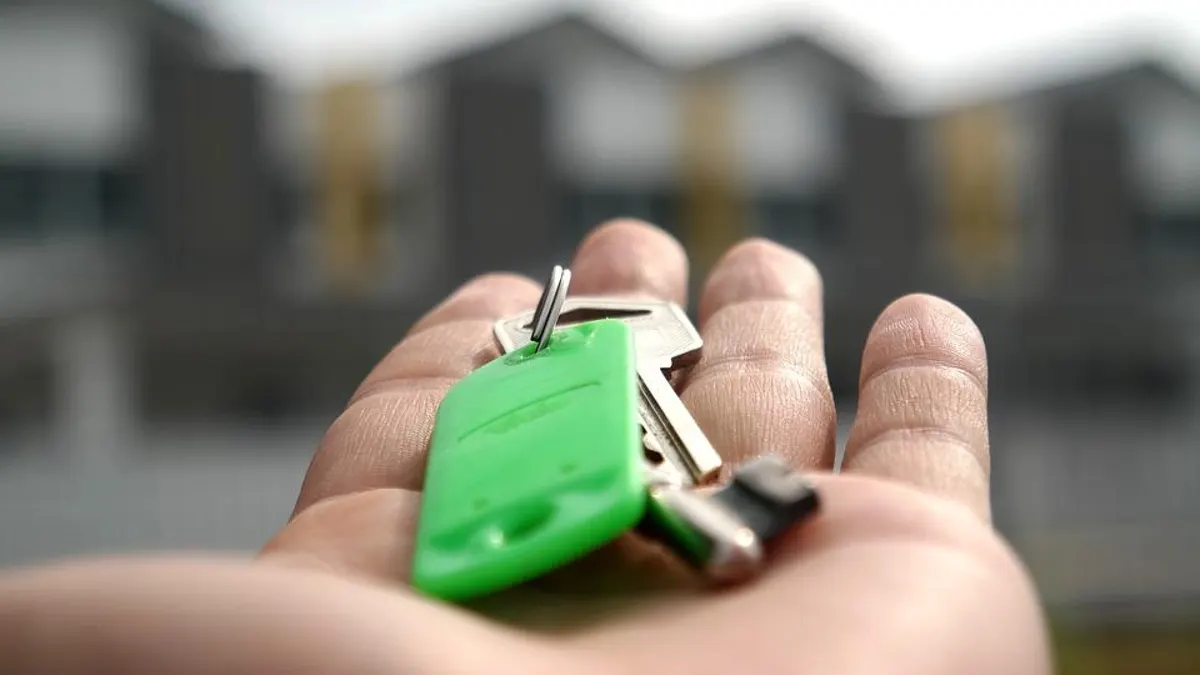As commercial real estate professionals, we facilitate both lease and sale transactions for our clients.
While the steps leading to both types of deals are similar, the execution diverges significantly once terms are established. In leasing, once the document is signed, our role diminishes — aside from helping with city approvals or coordinating tenant improvements.
However, in a sale, our involvement intensifies as we guide the process through escrow to ensure the transfer of title and ownership.
Today’s column walks you through the essential steps in managing a smooth purchase escrow.
Deposit wired to escrow
One of the first actions after signing the purchase agreement is ensuring the buyer’s deposit is wired to the escrow holder. This demonstrates the buyer’s commitment and allows the formal escrow process to begin. Failing to make this deposit in a timely manner can result in delays or even jeopardize the entire transaction.
Sign the property information sheet
The property information sheet is crucial for ensuring the buyer has all necessary details about the property, such as zoning, utilities, and any existing conditions. It also serves as a checklist to confirm that both parties agree on the property’s specifics, preventing any last-minute surprises.
Engage consultants for due diligence
The property condition assessment (PCA) and Phase I environmental report are key to identifying any potential issues with the property. These assessments provide a comprehensive look at the building’s structural integrity and environmental safety, ensuring that the buyer isn’t inheriting hidden liabilities.
Hiring reliable consultants early in the process avoids delays.
Get your lender moving
Lenders often require third-party reports, particularly appraisals, which can be time-consuming.
Ensuring your lender begins these processes early can prevent bottlenecks later in the escrow period.
Timing is critical here, as any delay in the appraisal or other required reports can push the closing date back.
Organize documents
Creating a Dropbox or another shared platform for housing all transaction documents keeps everyone — buyer, seller, attorneys, lenders — on the same page. Having easy access to all documents allows for smoother communication and avoids the risk of lost paperwork.
Calendar key dates
Every purchase and sale agreement has specific timelines, from the deposit deadline to the closing date.
It’s essential to calendar these dates to stay ahead of any upcoming deadlines. Missing a critical date could cause the deal to fall apart or, at the very least, complicate negotiations.
Create a lease
In cases where the buyer is an owner-occupant purchasing the property through an LLC, creating a lease agreement between the LLC and the operating company is crucial. This ensures the property remains properly structured from a legal and financial standpoint. Additionally, this arrangement can offer tax advantages and protect the buyers personal assets.
Allen C. Buchanan, SIOR, is a principal with Lee & Associates Commercial Real Estate Services in Orange. He can be reached at abuchanan@lee-associates.com or 714.564.7104.
Related Articles
Laguna Niguel’s Ziggurat auction soars $100 million past initial asking price
How ‘soft’ auction added $33 million to price for Orange County icon
Laguna Niguel’s Ziggurat auction hits $169.2 million
What can the desert Southwest teach us about commercial real estate?
Auction for Laguna Niguel’s Ziggurat rises to $166.8 million after 4 late bids


























